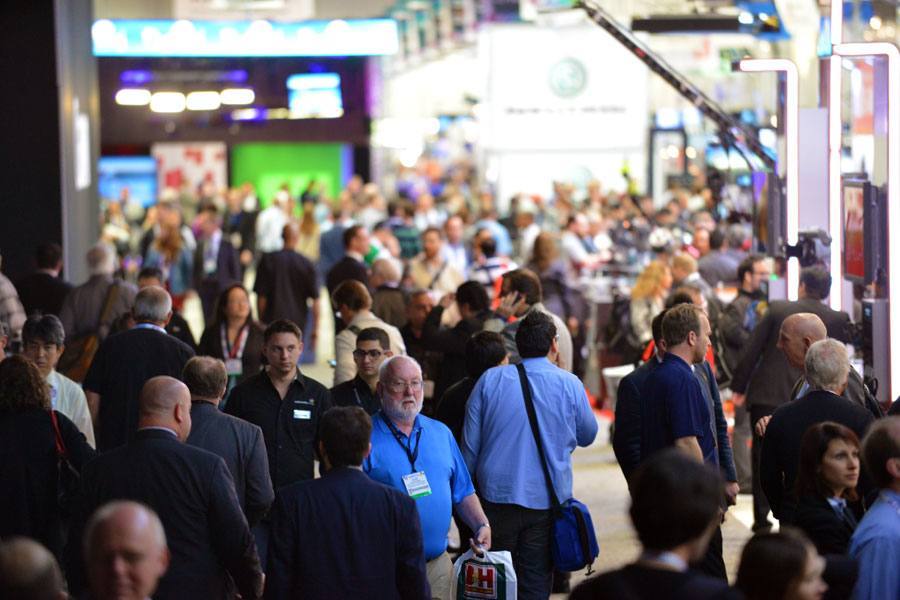
NAB Lightning Impressions
April 10, 2013 by Dave Haynes
OK, back at the live bait shop after two trade shows and a vendor summit in Las Vegas – a place that is a lot more fun on a slow DSE week than a packed NAB week.
Long taxi lines. Crowded sidewalks. Jammed restaurants. Good for the local economy, but exhausting if you are in the middle of it.
I only had time for one day at the big National Association of Broadcasters show – which is all about the tech side of TV and radio, and is big enough to consume all of the LVCC and some outside spaces.
Most of the display guys were showing 4K displays, and I also saw a lot of production gear and software related to super hi-def video. The displays are beautiful, no doubt, but outside of this video crowd I am not sure how many consumers would be able to discern the difference unless they had someone telling them what it was and why they should care.
There were, of course, no end of companies with camera equipement, but the ones getting the attention were not just the traditional players. The crowds were huge around the GoPro booth, in part because they appeared to be lobbing boxes of the little hi-def action cams into the crowd, but also because these things are steadily pushing the boundaries on the possibilities for capturing pretty high quality live video.
One of the coolest things I saw was immediately behind the GoPro booth, where a company whose name I did not write down was demonstrating remote controlled quadcopters that were powerful enough to fly around with a GoPro and gimbal (to stabilize the images). Imagine doing flyovers that didn’t need choppers or strung wires (or huge budgets). Paparazzis must be going nuts thinking about how they now get poolside celebrity shots at private resorts, and homes. Next up, personal anti-quadcopter missile systems.
Then there was Blackmagic Design, which has a sub-$1,000 pocket camera capable of what they bill as true cinema quality Super 16 digital film camera. Digital film is a weird term, but the gist of it is these little things pack all the capabilities of MUCH more expensive cameras into a little package, and the sort of cost consumers and small companies can manage. Those videos you really should be shooting at your installs – but look like crap coming off phones or even lower-end DSLRs – can look amazing.
Mitch Mittler from DMG said I needed to see the RED booth, but I ran out of time. RED is the company that has nicely wedged its way into the cinema production space by figuring out a way to shoot 4K images – like a DSLR – at 30 frames per second. Now they can do 6K at 100 frames per second. Mittler, as solid a technical guy as I know, said he sat through the demo for the RedRay digital cinema player and left very impressed by the implications of a little box that makes moving around, storing and playing out 4K content easy. The units are $1,750, which in a world of $99 Android boxes seems lofty, but these are very different animals.
I also saw piles of 2 MM pixel LED displays – which a week earlier were entirely new to me. The visuals area great on a really big indoor canvas, but there is a bit of a speed bump in terms of price – $45,000 a square metre. That needs to come down a lot before anyone but the money is no object crowd writes checks.
There was some projection mapping here and there, and I also got to see Samsung’s little square displays without any housing, so you could see the depth and how they join.
There were only a handful of digital sign-ish companies, like Tightrope and Zoom Digital Signage from South Korea, the latter at the very, very back of the south hall.
I also found my way over to the IPTV area, which is in many respects the nemesis of the broadcasters wandering the aisles. I chatted with an Israeli start-up that had the gear, web tools and back-end to allow anyone to set up their own Hulu or NetFlix. I was hanging out with Insteo’s Jim Nista, who suggested IPTV is also a good example of how the lines can blur between distributed video over networks and digital signage.
Much of what was showing at NAB was as foreign to me as health imaging or aerospace, so I am hardly the best to report on show trends. I can say it was busy. Wish I had more time, but when I booked I thought I was travelling again later this week. If you go to NAB, plan at least a couple of days, and bring walking shoes.



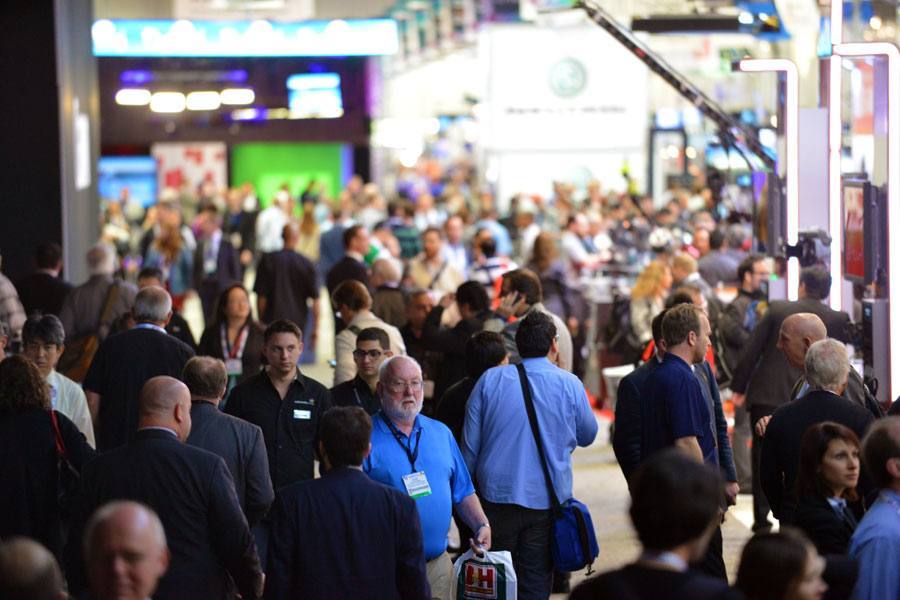
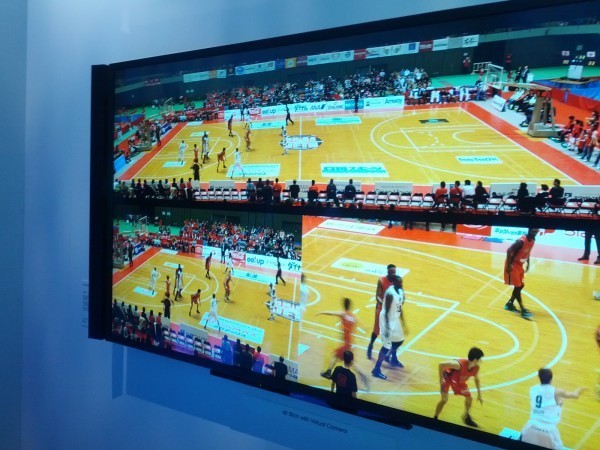
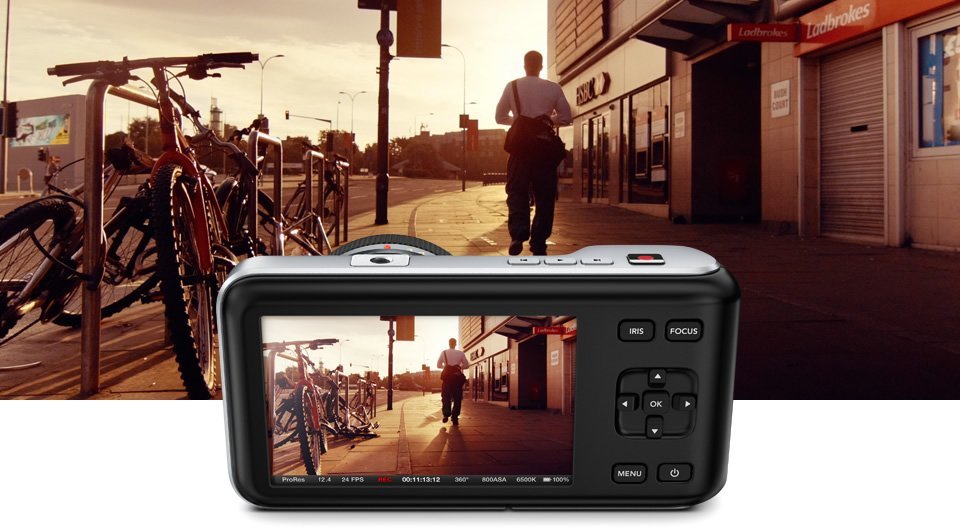
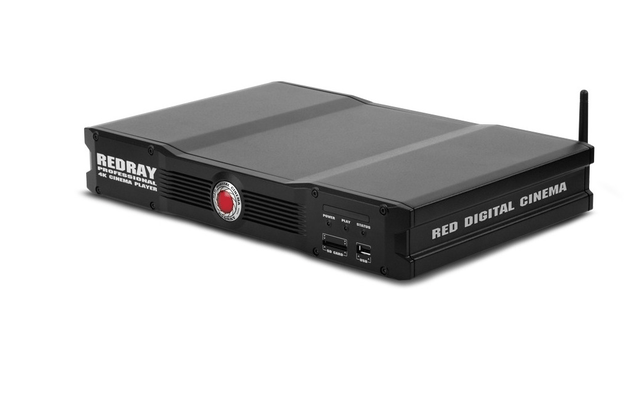
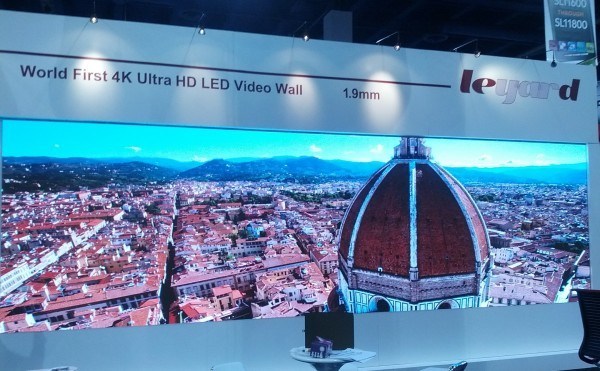
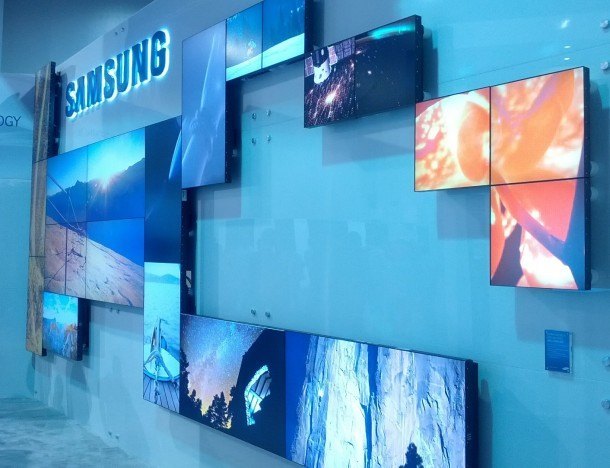
Leave a comment